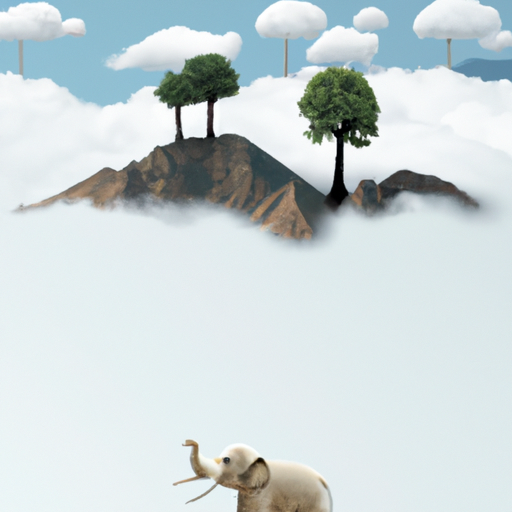 Introduction:
Introduction:
In the intricate tapestry of life, one of the most fascinating aspects is the ability of animals to adapt to their environment. It is through this process of adaptation that species have been able to survive and thrive in diverse ecosystems across the globe. From the soaring heights of the Himalayas to the depths of the ocean abyss, animals have evolved and developed remarkable adaptations that allow them to overcome the challenges posed by their surroundings. This article will delve into the intricacies of animal adaptations, exploring the mechanisms behind these remarkable transformations and the key factors that drive them.
1. The Basics of Animal Adaptation:
Animal adaptation refers to the process by which individuals or populations change in response to environmental pressures over generations. It is a fundamental aspect of evolution, driven by the principles of natural selection. Genetic variations within a species provide the raw material for adaptation, and those individuals possessing advantageous traits are more likely to survive and reproduce, passing on their genes to subsequent generations.
2. Structural Adaptations:
Structural adaptations involve physical modifications that allow animals to better interact with their environment. Examples include the long neck of a giraffe, enabling it to reach leaves high in trees, or the streamlined bodies and fins of fish, facilitating efficient swimming. Such adaptations often involve changes in skeletal structure, body shape, or the development of specialized organs.
3. Physiological Adaptations:
Physiological adaptations refer to internal and biochemical changes that occur within an organism to enhance its survival in a particular environment. For instance, desert-dwelling animals like camels have evolved mechanisms to conserve water, such as highly efficient kidneys and the ability to reabsorb moisture from their feces. Similarly, animals living in extreme cold, like Arctic seals, have a thick layer of blubber to provide insulation.
4. Behavioral Adaptations:
Behavioral adaptations encompass the actions and strategies employed by animals to enhance their chances of survival. These adaptations may involve changes in feeding habits, migration patterns, courtship rituals, or predator avoidance techniques. For instance, the nocturnal behavior of owls allows them to take advantage of less competition for resources and reduces the risk of predation.
5. Adaptation and Environmental Pressures:
The driving force behind animal adaptations is the influence of environmental pressures. These pressures can be classified into three main categories: biotic (living), abiotic (non-living), and anthropogenic (human-induced). Biotic pressures include competition for resources, predation, and symbiotic relationships, while abiotic pressures involve factors like temperature, rainfall, and soil composition. Anthropogenic pressures, such as habitat destruction and pollution, have become increasingly significant factors in recent times.
6. Adaptation Timescales:
The process of adaptation can occur over varying timescales, ranging from relatively rapid changes observed within a few generations to gradual transformations spanning thousands or even millions of years. Rapid adaptations can be seen in response to sudden shifts in environmental conditions, such as the peppered moth‘s color change during industrialization in England. On the other hand, slow adaptations are evident in the evolution of complex features, like the sonar system of bats, which took millions of years to develop.
7. Examples of Remarkable Adaptations:
a) The Chameleon: This master of camouflage possesses specialized cells in its skin, known as chromatophores, which can rapidly change color to match its surroundings. This adaptation enables the chameleon to hide from predators and ambush prey effectively.
b) The Polar Bear: These majestic creatures have adapted to survive in the harsh Arctic environment. Thick layers of fur and fat provide insulation, while their large paws and strong claws aid in walking on ice and swimming long distances.
c) The Cactus: In arid regions, cacti have evolved succulent stems and spines to reduce water loss and deter herbivores. Their shallow, widespread root systems allow them to capture rainwater efficiently.
Conclusion:
Animal adaptations are a testament to the vast diversity and resilience of life on Earth. Through the interplay of genetic variations and environmental pressures, animals have transformed themselves to successfully inhabit virtually every corner of our planet. Understanding these adaptations not only deepens our appreciation for the natural world but also provides insights into the delicate balance between species and their environments. As we continue to face unprecedented environmental challenges, studying animal adaptations becomes crucial in developing strategies for conservation and ensuring the long-term survival of Earth’s magnificent biodiversity.
